1996 Fiat Multipla Concept
- Story Cars

- Oct 25, 2021
- 5 min read
"Are such absurd cars going to flood the streets of European cities in the coming years?" - the question of a respectable man in a tie and with a thick leather folder showed surprise and irritation at the same time. A fragile girl from the FIAT booth (it happened at the Paris Motor Show - see AR No. 19, 1996) cautiously replied that "the issue of car production has not yet been resolved." It is a pity that the managing director of the FIAT concern Paolo Cantarella was not there. He would probably have answered more convincingly: "This is a new direction in automotive architecture!"
Our regular readers remember that the Fiat Multipla has already appeared on the pages of the Autorevue (see AR No. 16, 1996). However, at the Paris Motor Show, the company presented a car absolutely unlike those "spy" drawings. Moreover, the Multipla turned out to be not one—volume at all - the car has a separate engine compartment. At the same time, the ideology remained the same: this is a small car designed for six passengers. Why did such a change in appearance happen? The authors of Multipla - specialists of the FIAT Style Center - were given a difficult task. They were offered to create a small car (four meters long - no more than a Fiat Tipo or Brava) that could carry up to six people and cost significantly less than a minivan. At the same time, the car must meet all the requirements of active and passive safety, carry the luggage of all six riders, and be distinguished by an outstanding design. To answer such a difficult question, the designers had to look for workarounds. And they found them.
The designers of the Style Center have broken all ideas about the "normal" car appearance. It seems that stylists this time were not at all engaged in "tailoring a suit" for a car, did not check the surface patterns, did not sculpt an elegant silhouette for days and nights, did not experiment with shapes, colors, finishing elements...
The contours of the car, as usual, were sketched at the initial design stage. And the main "make-up artists" were not artists, but objective factors: the vehicle must be functional, meet technical requirements and have a low cost, a rigid body structure (safety frame), must meet the latest ergonomics requirements, and finally, the car must meet the needs of buyers for small vehicles with increased capacity. All these factors caused such an unusual "industrial" design of Multipla. Its characteristic features are as follows.
The Multipla is distinguished by a high "cab" resting on a low base — the height of the car is 1670 mm (only 40 mm lower than a large Fiat Ulysse minivan). The fact is that the floor in the cabin is flat: this makes it easier to move around the car, and the interior space can be arranged at your discretion (as with minivans, Multipla uses removable seats that have several installation options). All mechanisms and "communications" are laid under a high and level floor. The extensive glazing area makes the tall car visually lighter and provides passengers with an excellent overview during the journey. High doors facilitate entry and exit.
In fairness, we note that stylists managed to find some attractive solutions even with such a super-pragmatic approach. For example, a low waistline (it is a continuation of the hood) separates the "heavy" lower part of the car from the "light" top. A large lifting rear door has the same belt stamping. Under the huge windshield — additional headlamps. In this zone, they remain clean even in slushy weather. But even more interesting is the rear lighting equipment. In addition to the irregular shape, the lanterns are unusual in that each element included in them (brake lights, marker lights, turn indicators, reverse light) has its convex surface. It turns out that everything is put together, and at the same time, each signal is distinguished by its shape and size. Perhaps such a solution will soon become fashionable. And yet the "architects" looked back at history, trying to put Multipla in one stylistic line with their most famous models of the last decades: 600, 127, Uno, Punto, Bravo/Brava... Did it work out?
How can you accommodate six people in a small car? Of course, but three rows of two seats behind each other - the way it is done on many minivans! And here it is not. Multipla is too short for three rows. If the third row fits, then it will be very inconvenient to get into the back seat, and there will be no room for luggage at all. Therefore, the designers made a knight move - they installed two rows of three seats in each. With the second row, everything is clear: in almost all passenger cars, the rear seat is triple or, in any case, allows a cramped arrangement of three passengers. But how to seat three people in front? Firstly, the car's width was increased: with a length of 3990 mm (like Fiat Bravo), the width of the car is 1870 mm (like Lancia kappa). Secondly, the transmission lever has moved from the floor to the center console (this solution is becoming more popular). Thirdly, the middle seat of the front row was slightly shifted back so that the people sitting did not crowd each other with their shoulders. And since there is no third row of seats, a hefty luggage compartment appears behind: its capacity is 600 liters, only "adult" minivans can boast of such a trunk.
But these are not all the features of the Multipla salon. For example, all buttons, levers, and instrument panels are centered in the front panel. And if the driver reaches the handles of the heating system without any problems, then the audio system seems to remain inaccessible to him. But the front passengers are not deprived of attention — they can easily reach all the buttons and devices. By the way, in the event of an accident, the average passenger will "use" the hefty inflatable airbag of the right passenger. I wonder why, in this case, the driver was not put in the middle? After all, this is done on many concept cars, and the devices located in the center will be better visible to him. Did the designers not think of it? Why we thought, we figured. But we decided that such a position for the driver ... is "not comfortable." So concepts are concepts, and real-life makes its adjustments. However, until the car reaches the assembly line, everything can change a thousand times.
There is nothing special from a technical point of view in Multipla. The car is front-wheel drive. Under the hood, most likely, there will be either a 1.6-liter gasoline engine or a 1.9-liter turbodiesel with a capacity of 100 hp. The installation of more powerful engines is also possible: the curb weight of the Multipla is about 1300 kg, plus six people and luggage, so hundreds of "horses" for a temperamental ride may not be enough. The wheel suspension is borrowed from the Brava. The gearbox is 5—speed, manual.
Source: FIAT MULTIPLA a new word in "automotive architecture" - A. NOVITSKY, Newspaper AUTOREVUE - N1 (140) 1997
Images: Fiat Auto S.p.A.













































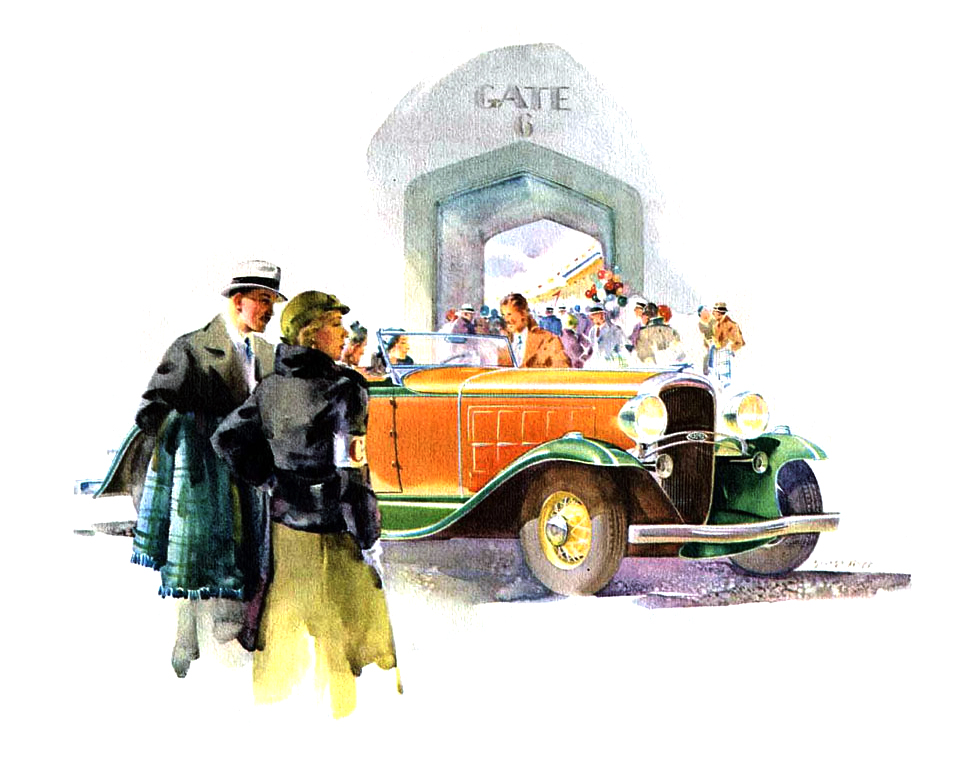
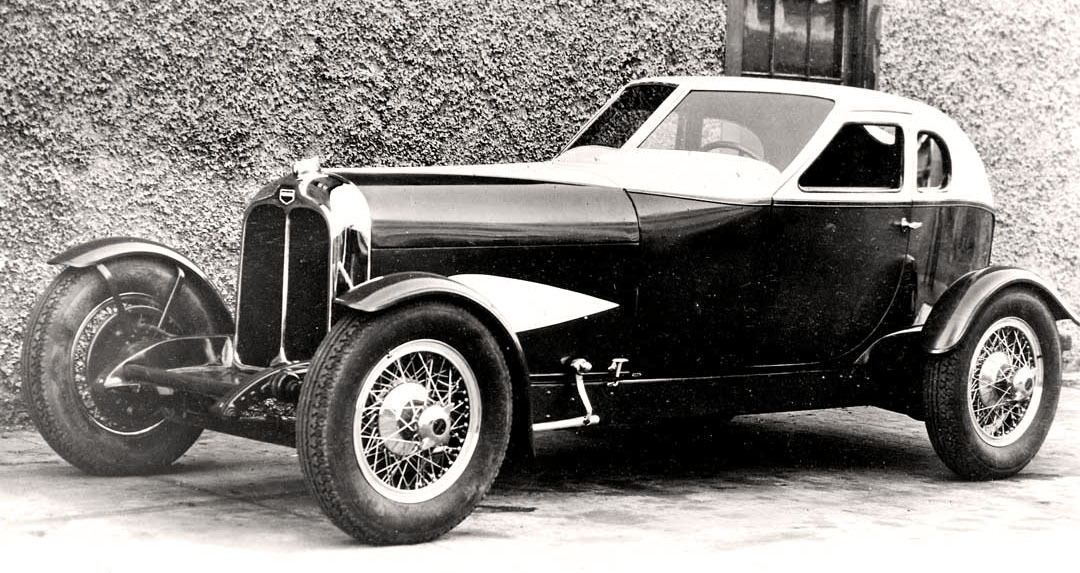
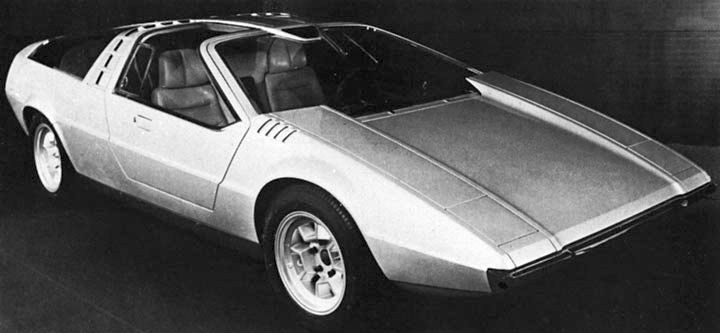






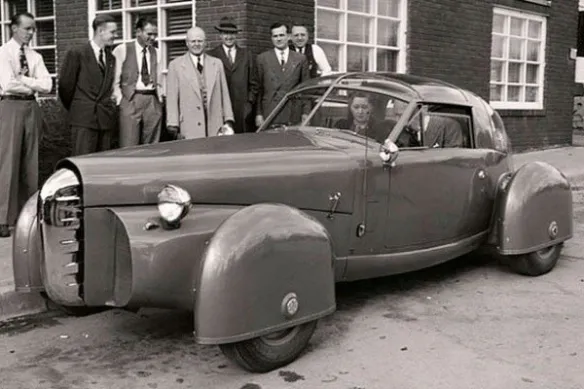



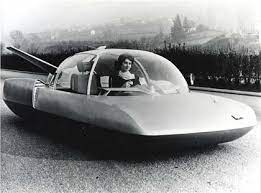

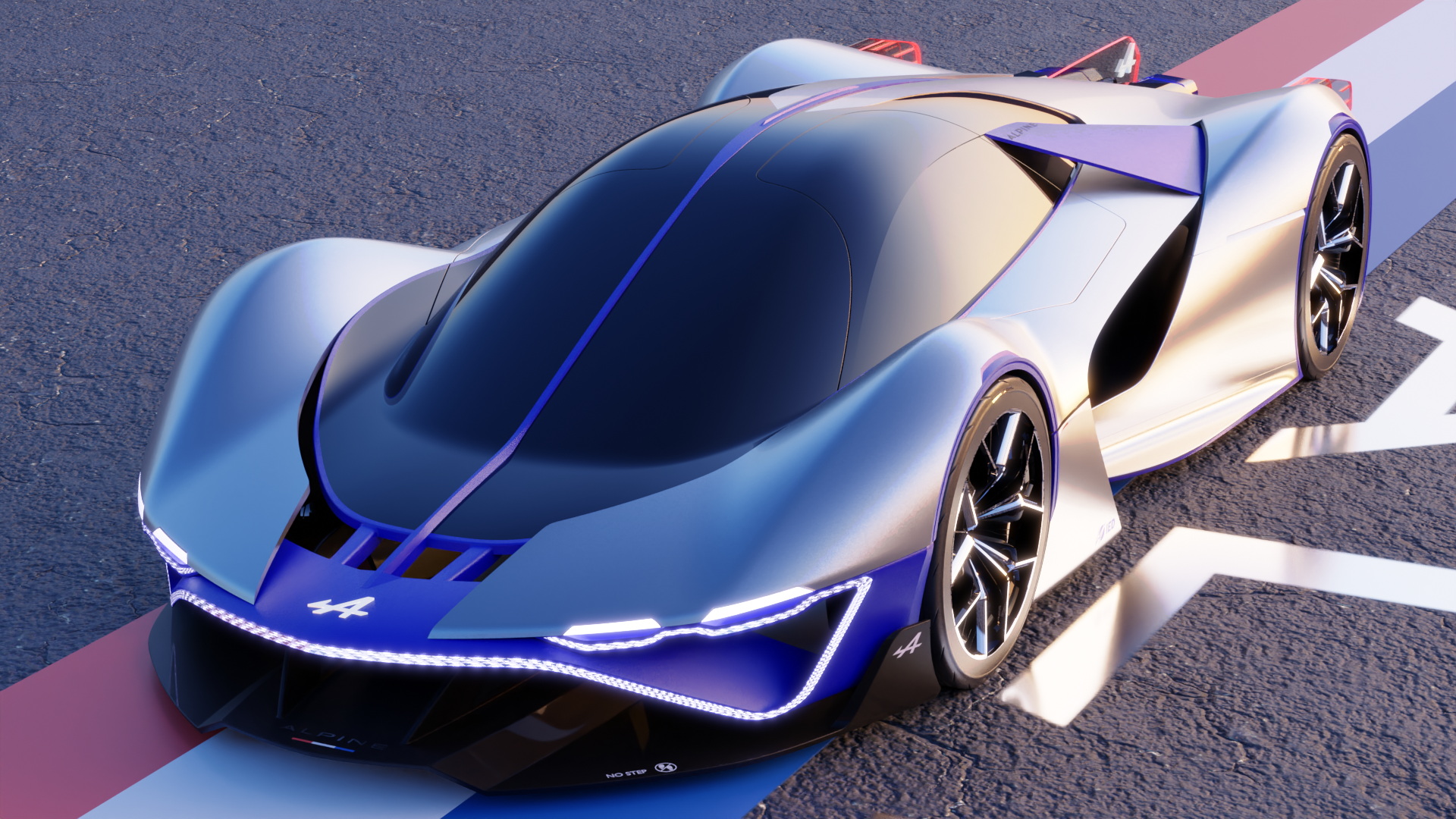


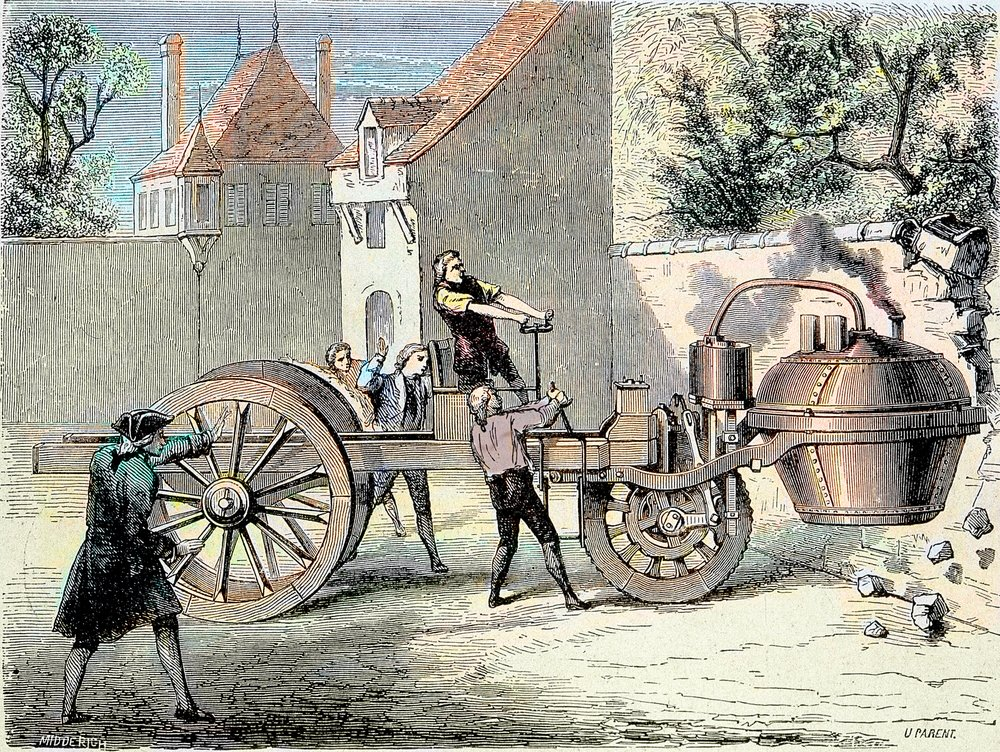
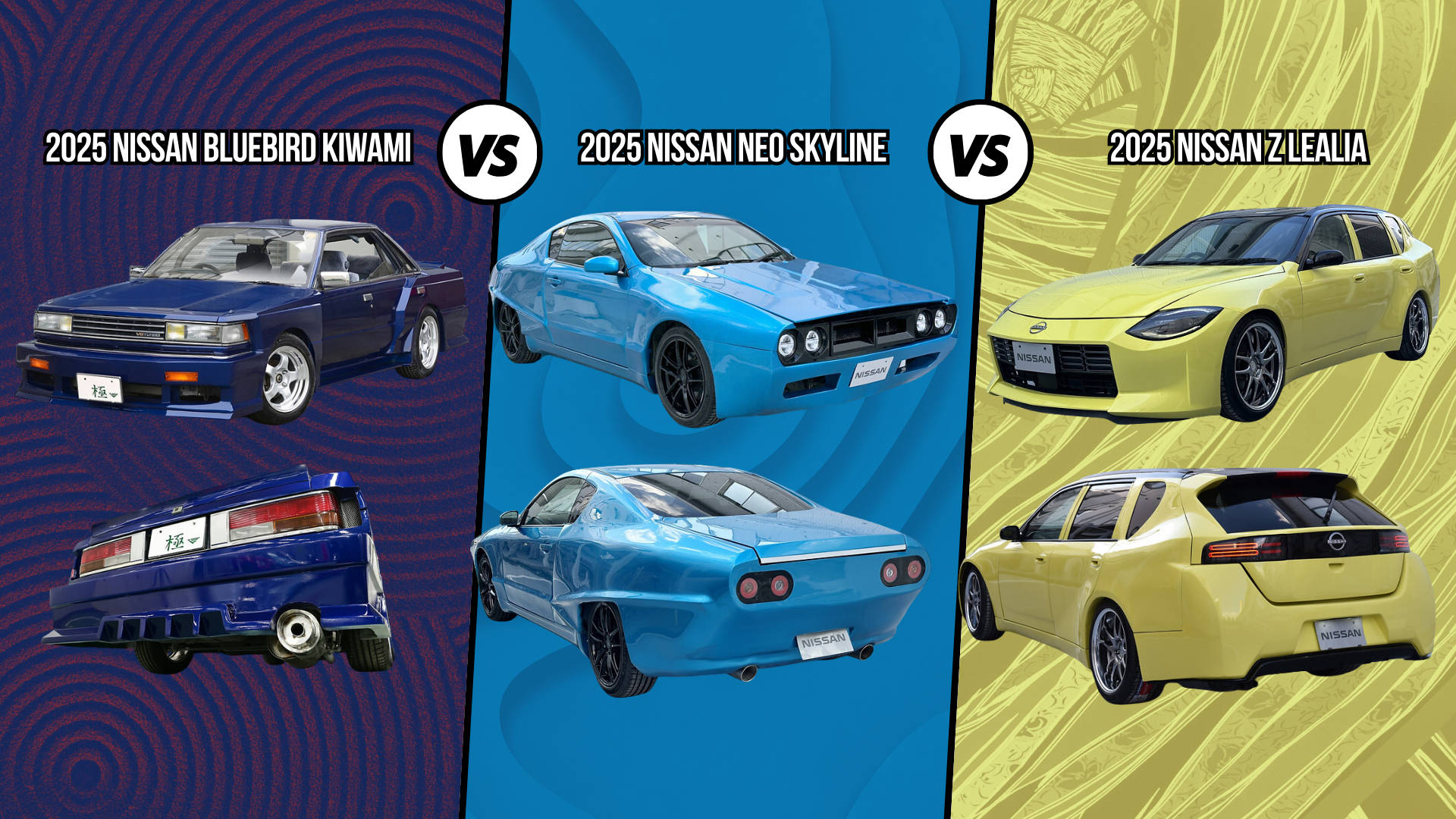
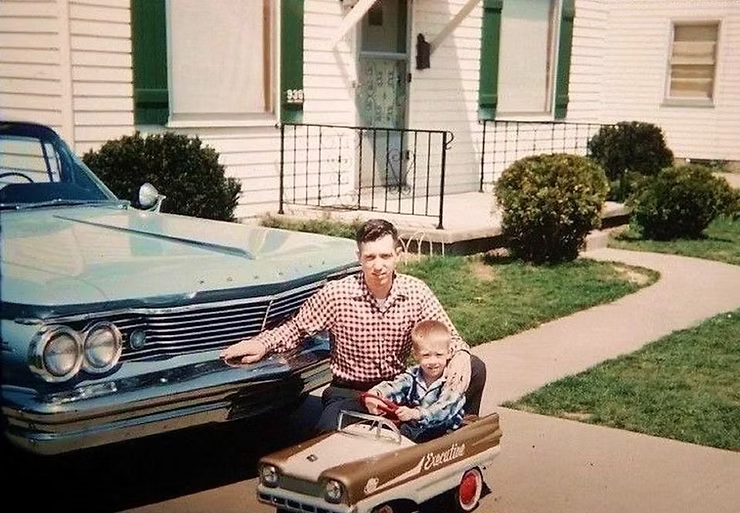
Comments